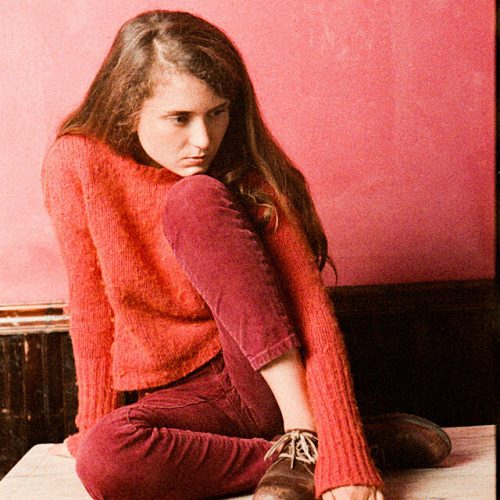Something I’ve come to enjoy about the new year is the peculiar aimlessness of its first few weeks. The old year is always firmly relegated to the past through retrospectives and year-end celebrations, but for a little while–until Martin Luther King Day at the earliest, Valentine’s Day at the latest–it doesn’t feel like a new year at all. It feels like some strange, self-contained pocket of time, neither here nor there, neither past nor future. You read the books you got for Christmas, you get back into the rhythm of work, and you enjoy living in the present for as long as you can.
Jana Horn is similarly attracted to the in-between (or the “liminal,” to use a buzzword.) The Austin-based singer-songwriter, whose debut album Optimism is being re-released by No Quarter, took inspiration from ghostly, uncanny artists like Broadcast and Sibylle Baier, as well as the short, evocative stories of Raymond Carver. As you can imagine from those influences, her music says a lot with very little, and “Time Machine” might be the best example of her talents.
“Time Machine” starts with some simple guitar chords, ushered along with shaker percussion as the rhythm settles into a light, uneasy sway. Horn’s voice, warm and full-bodied with a slight deadpan, guides us through the song, hinting at a deeper narrative. Horn is singing from the other side of some event that changed her, but the person she’s singing to doesn’t seem to believe that she’s changed at all. She seems to accept that, to some extent: “when your mind’s made up/there’s no history.” Still, the song feels melancholy, even as some delicate guitar work and cooing harmonies are folded into the mix. “I swore I saw your face in a multicolored window,” Horn sighs, in one particularly winning melodic turn; even if the person was really there, she knows it wouldn’t change anything.
“Time Machine” is a sad song, but it’s the kind of sad song you can listen to when you’re happy. There’s something about a song that neatly encompasses a specific mood that’s enjoyable, no matter if you’re sharing the mood yourself. And “Time Machine” nails that drifting, in-between feeling of sadness and acceptance, contentment and discontentment. It’s perfect for a cloudy day in early January, waiting for something to happen but not knowing what you’ll do if it does.







